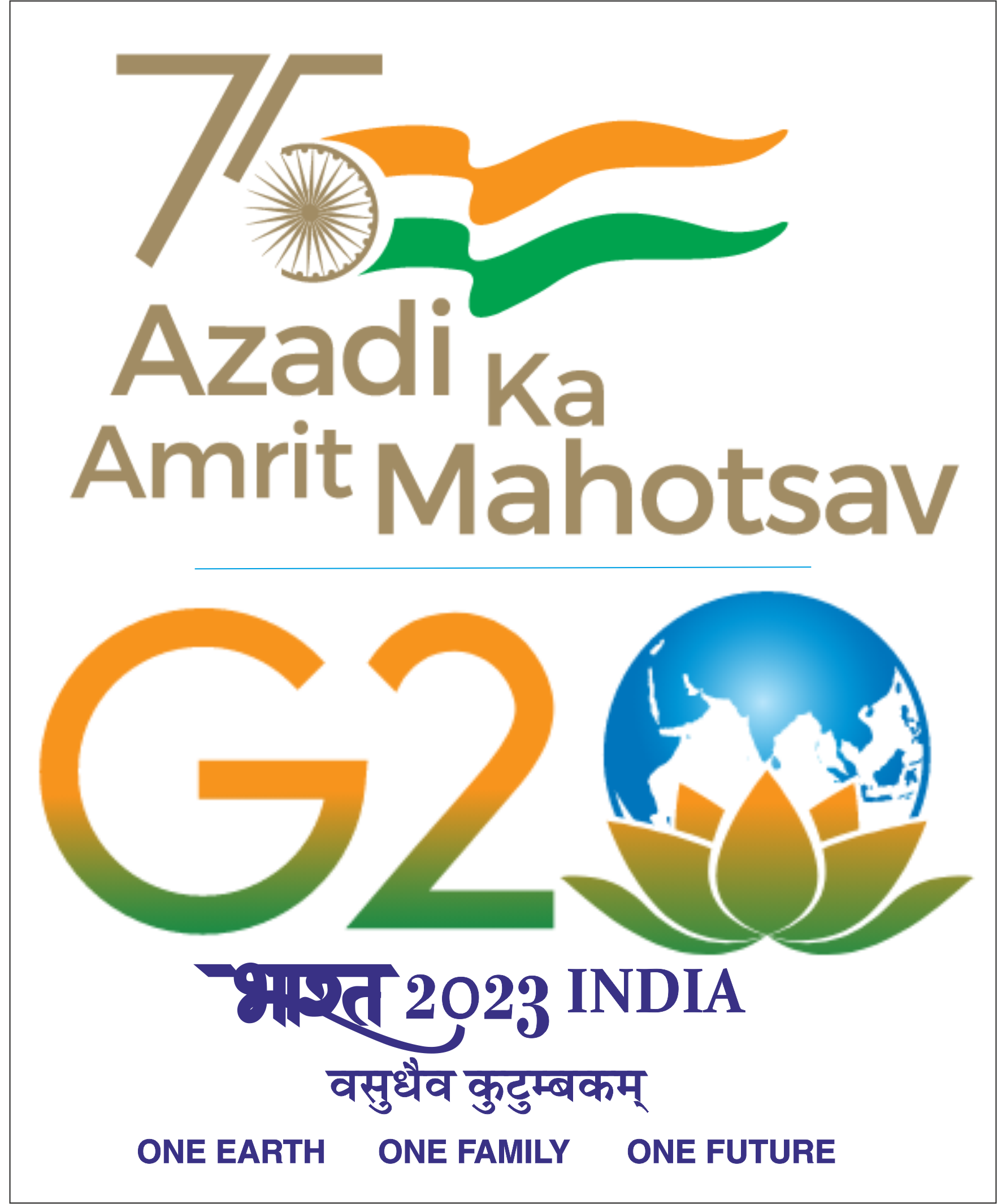Mr. Gokul Prasad will present his Pre-synopsis as per the detail below:
Date: 09th June 2025, Monday
Time: 1000 - 1100 hrs.
Mode: Online
link: https://monash.zoom.us/j/81218686009?pwd=CtNrBUGIi7fFMcdbSpfaSyuHyyXZu3.1
Guide: Prof. Pennan Chinnasamy (IITB) and Prof. Ian Cartwright (Monash University)
RPC Members: Prof. Bellie Sivakumar (IITB) and Prof. Adam Kessler (Monash University)
Title : Understanding Groundwater depletion scenario for Rural Areas: using isotopes and modelling: Case study of Upper Godavari Catchment, Maharashtra, India
Abstract:
Groundwater in hard rock aquifers is a critical resource in semi-arid regions such as the Upper Godavari Catchment in Nashik district, Maharashtra, India, where fractured basalt formations dominate the subsurface hydrogeology. This research integrates multi-tracer isotope hydrology, detailed hydrogeochemical characterization, and advanced numerical modelling to investigate groundwater recharge processes, flow dynamics, and depletion risks in the basaltic aquifer system. The study addresses the complex interplay of natural and anthropogenic factors influencing groundwater sustainability in this increasingly stressed region. Stable isotopes of oxygen (δ¹⁸O) and hydrogen (δ²H) alongside tritium (³H) analyses were conducted on groundwater, surface water, and precipitation samples collected across pre- and post-monsoon seasons. These isotopic signatures elucidate moisture source variability, recharge mechanisms, and water–rock interaction effects. The isotopic data show clear seasonal variations consistent with monsoonal recharge patterns and spatial heterogeneity controlled by topographic and lithological features. Tritium measurements, corroborated by regional input functions derived from Mumbai precipitation records, allowed the estimation of mean groundwater transit times, revealing a predominantly modern recharge component with significant fractions of water younger than 10 years. This indicates rapid infiltration through weathered basalt and fracture networks typical of the Deccan Traps terrain. Comprehensive hydrogeochemical analysis further differentiated groundwater zones, identifying areas influenced by silicate weathering, evaporation, and anthropogenic impacts. These geochemical fingerprints complement the isotope data to define recharge sources, flow paths, and aquifer compartmentalization, essential for conceptualizing the basin's groundwater dynamics. To quantify surface water–groundwater interactions and spatial recharge variability, the Soil and Water Assessment Tool (SWAT) was employed. The model was carefully calibrated using discharge and soil moisture data, with particular attention to soil properties governing infiltration and lateral flow. Activation of the crack flow function significantly enhanced model performance by simulating rapid subsurface percolation through basalt fissures and joints, consistent with observed hydrograph responses. Recharge outputs from SWAT served as spatially distributed boundary conditions for a two-layer MODFLOW-NWT groundwater flow model developed within the Groundwater Modeling System (GMS). Steady-state calibration against observed hydraulic heads demonstrated close alignment with field measurements, exhibiting residuals largely within ±1 m and a balanced water budget. The integration of isotope-derived mean transit times with numerical groundwater flow modelling represents a novel approach to constrain aquifer recharge rates and flow velocities in the Upper Godavari basaltic system. This synthesis enhances understanding of groundwater sustainability and vulnerability to over-extraction. The research underscores the critical role of fractured hard rock aquifers as dynamic, heterogeneous systems with complex recharge-discharge relationships sensitive to climatic variability and anthropogenic stress. This work provides a scientific foundation for improved groundwater management in the Upper Godavari





